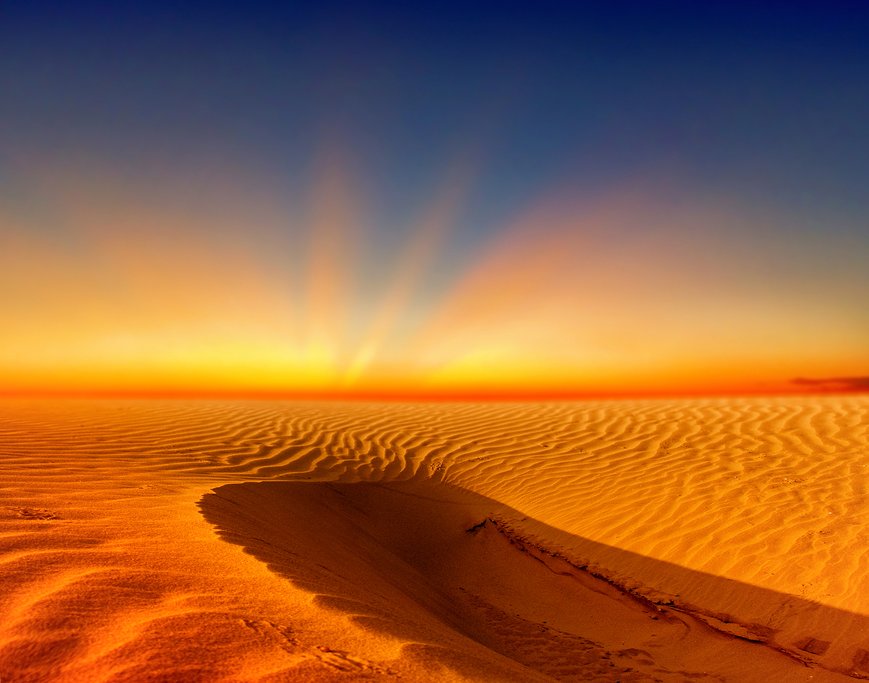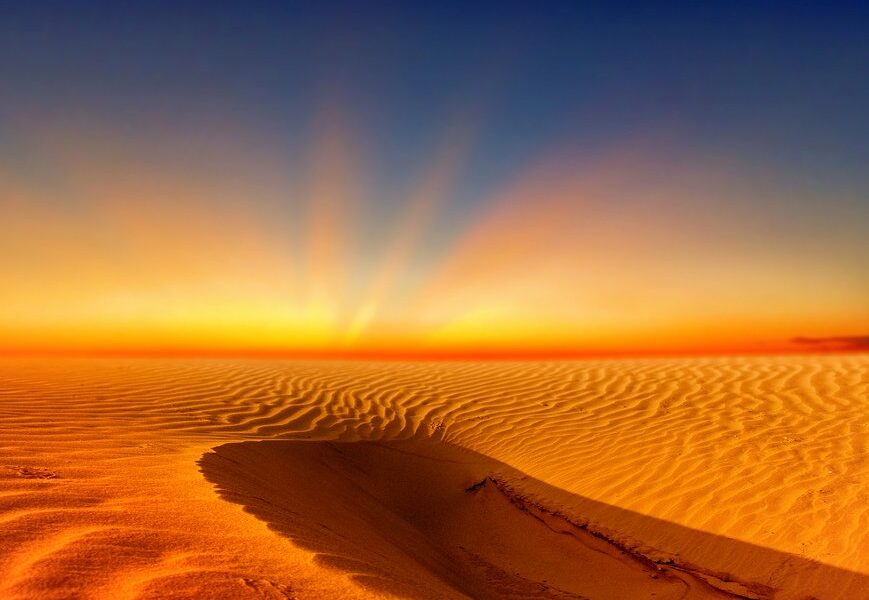
January is the middle of winter in Morocco. In the Sahara Desert, which extends into the country’s southeast, the days are sunny (though shorter than you’ll experience in summer) with temperatures pleasant for outdoor activities during the day. Though you’ll have crowds to contend with in the first week of the month, the latter part of January is a quiet time to visit.
## Weather in the Sahara Desert during January
The immense Sahara Desert, a landscape of breathtaking beauty and harsh conditions, sprawls across ten different countries, claiming nearly a third of the entire African continent as its own. Renowned for having some of the driest air on Earth, the Sahara Desert experiences variations in weather patterns and rainfall amounts across its diverse regions. Specifically, in the northwestern expanse of the desert, within Morocco, the month of January marks the heart of winter, bringing with it a noticeable chill. The nearby High Atlas mountains, with their towering peaks, experience bitterly cold temperatures during this time.
Imagine the magnificent sight of snow-capped peaks visible in the distance, a stunning juxtaposition against the desert landscape. While the High Atlas mountains are blanketed in snow, the desert itself enjoys relatively comfortable weather conditions. While January is technically the coldest month of the year in Morocco, you won’t find yourself reaching for heavier layers until the sun begins to set and darkness descends. As evening approaches, the temperatures gradually dip, eventually settling into the high 30s or lower 40s Fahrenheit. During the daylight hours, however, the temperatures hover pleasantly in the low 60s Fahrenheit. This makes for ideal weather for a wide range of outdoor excursions and activities.
## Understanding Crowds and Costs in January
The beginning of January is a particularly popular period for tourism within the Moroccan Sahara. The allure of spending the Christmas and New Year holidays in such a unique and unforgettable location attracts numerous travelers. As a result, prices for guided tours and accommodation options tend to be higher than usual during this initial period. However, as the month progresses and enters its second half, the surge in tourism gradually subsides. Prices begin to return to their normal levels, and it becomes noticeably easier to finalize travel plans without the need for months of advance notice.
Nevertheless, it’s crucial to remember that the Moroccan Sahara is not a destination to be approached casually or visited on a whim. To ensure the most enriching and fulfilling experience in this remote and captivating region, thorough planning and preparation are essential. It’s always best to plan well ahead of time to make reservations, secure accommodations, and arrange transportation.
## Exciting Activities To Do in January
Compared to the intense heat experienced during the summer months, which can pose significant risks within the Sahara Desert, January presents a much more favorable climate for engaging in outdoor activities. This is the perfect time of year to explore the magnificent Erg Chebbi dunes, embark on a memorable camel ride through the undulating sands, and join an organized tour that unveils the unique charm of various desert towns.
For those who are adequately prepared for colder temperatures and the possibility of snow, a day trip to the nearby Atlas mountains offers the opportunity to indulge in a unique experience of skiing against a breathtaking desert backdrop. As evening approaches, finding a cozy and inviting place to savor traditional Moroccan cuisine is highly recommended. Any establishment with a welcoming open fire will provide the perfect ambiance. However, with the relatively shorter daylight hours during January, it’s advisable to focus your energy on outdoor activities while the temperatures are most conducive to being outside.
## Special Events Taking Place in January
**January 11 – Proclamation of Independence:** On this day, Morocco proudly commemorates its independence from French colonial rule. This significant occasion is observed as a national holiday, and vibrant street parties and lively festivals take place in cities and towns throughout the entire country.
**January 12-13 – Yennayer:** The Amazigh (Berber) New Year, also known as Yennayer, marks the beginning of the new crop year. This occasion is celebrated with traditional festivities, particularly within the High Atlas mountain communities situated on the edge of the desert, embracing the rich cultural heritage of the region.
## Considering a Visit to the Moroccan Sahara in January? Explore These Inspiring Itineraries.
Moroccan Highlights: Fes, the Sahara Desert, & Marrakech – 6 Days – Embark on an exciting whirlwind adventure that showcases Morocco’s most captivating attractions, including the bustling city of Fes, the mesmerizing Sahara Desert, and the vibrant cultural hub of Marrakech.
Marrakech & Grand Tour of the Sahara Desert – 6 Days – Immerse yourself in the breathtaking scenery of the High Atlas mountains and venture into the vast, awe-inspiring sandy landscapes of the Sahara Desert on this unforgettable outdoorsy tour.
Morocco’s Imperial Cities & the Sahara Desert – 13 Days – Discover the enchanting cities of Casablanca, Fes, Essaouira, and more. Venture into the majestic Erg Chebbi Dunes on this comprehensive and well-rounded trip.
(826 words)
B-1626

